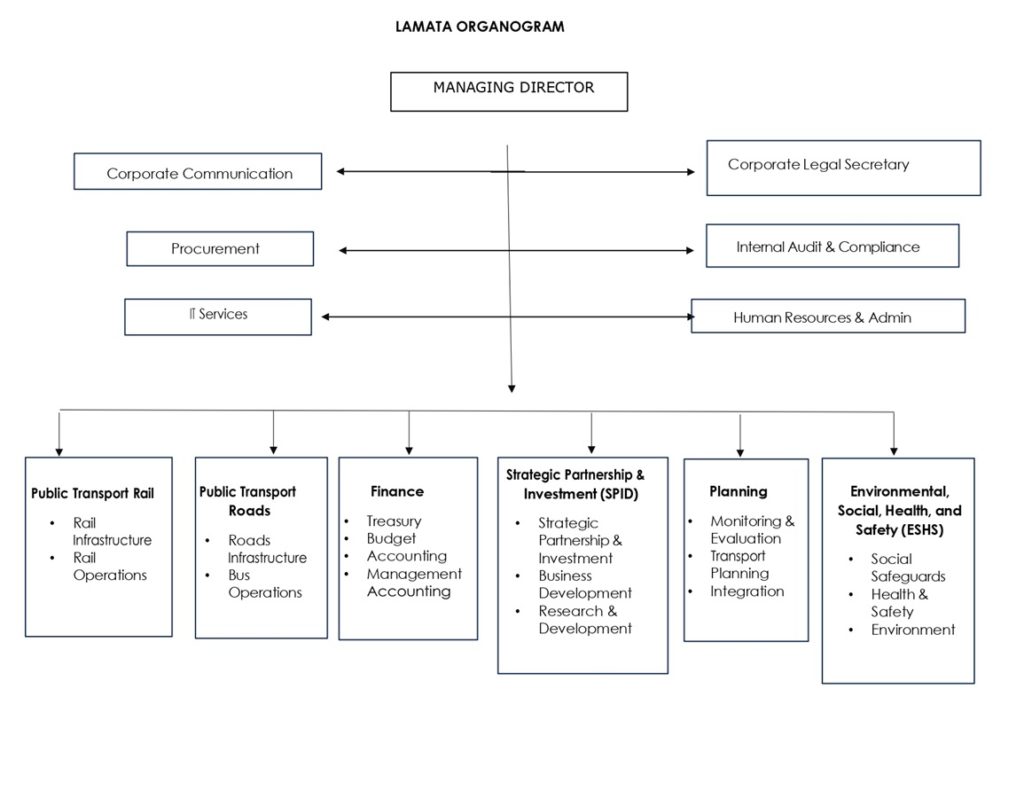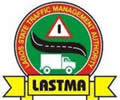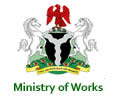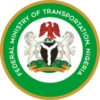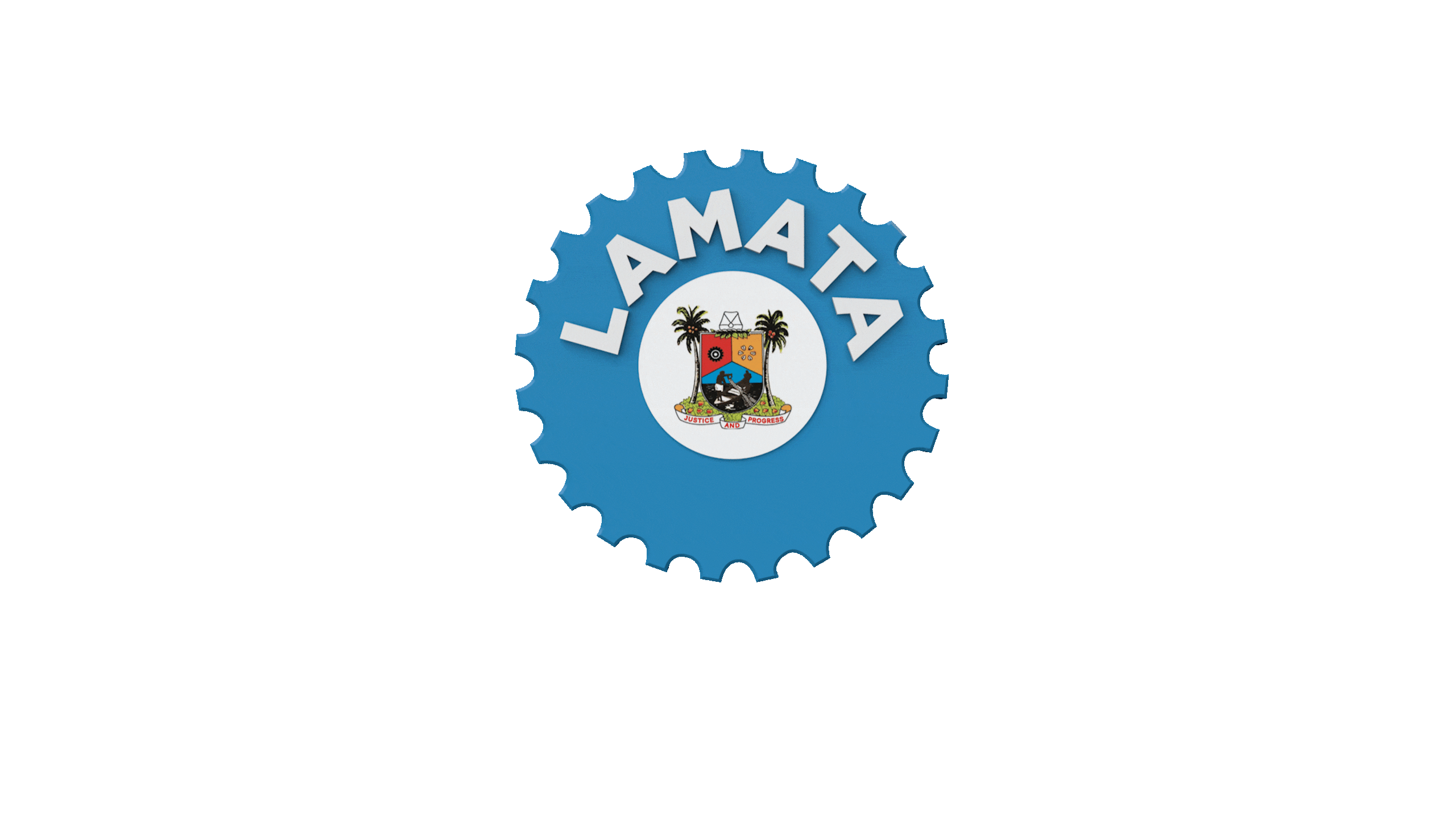

Lagos Metropolitan Area Transport Authority (LAMATA) is the Lagos State Government agency responsible for planning, implementing, regulating, and franchising public transport infrastructure and operations. LAMATA is tasked with the responsibility of birthing an intermodal integrated transport system for Lagos. In carrying out the task, a Strategic Transport Master Plan (STMP) which detailed transport infrastructure requirements for Lagos till 2032 has been developed. The document is being reviewed to cater to transport infrastructure needs up to 2048.
To Provide a World class, sustainable integrated transport system that satisfies stakeholders and drives the growth of Lagos
We Plan, implement and regulate a multimodal transport system that ensures seamless mobility and customer satisfaction throughh commtted professionals
LAMATA will achieve its vision and mission through eight identified core values which are going to be its propelling principles:
